Łódzkie Province
A region with an ever-growing number of tourist attractions, both natural and manmade, not to mention Poland’s only thermal spa in Uniejów and a skiing facility in the heart of Poland: Kamieńsk Hill on the slope of the Bełchatów mine. The geometric centre of Poland lies in Łódzkie province, in the village of Piątek, and the province capital is the multicultural and modern city of Łódź.
Łódzkie province lies in central Poland and shares a border with six provinces: Mazowieckie, Świętokrzyskie, Śląskie, Opolskie, Wielkopolskie and Kujawsko-Pomorskie. The province capital is Łódź. The province covers an area of over 18,200 sq. km.
Łódzkie: Epicentre of Emotions
This is where you’ll find the geographical centre of Poland and the region offers many exciting attractions for visitors.
Volty, Joulie, Professor Om, the Robot with a Coal Heart and Gaia – these are the members of the Power Giant family and they live at the PGE Power Giants museum in Bełchatów. These animated, fun-loving and feisty creatures serve as guides for kids at this interactive educational centre, but they will be loved by teens and parents too! The exhibition shows how electricity is produced with the help of brown coal extracted and processed by Bełchatów’s power giants: a brown coal (lignite) mine and a conventional power plant. Visitors can discover the treasures the ground holds, how brown coal is formed, what electricity is and why it is essential. Wearing protective helmets, tourists descend into a mine, walk across the sea bottom and through a humid tropical forest, view the bones of a mammoth and perform many experiments, all as part of educational workshops. PGE Power Giants tops the list of the region’s must-see sites.
Tomaszowska Okrąglica
The Blue Springs Reserve with turquoise-coloured water, the River Pilica Open-Air Museum (Poland’s first museum devoted to a river) and the Nagórzyckie Caves Underground Tourist Route – these three attractions comprise one tourism package called Tomaszowska Okrąglica. The name of this “tourist product” comes from an old local word for the winding River Pilica, as the three sites in question lie on both sides of the river. You’ll definitely remember the karst springs that pulsate with transported sand and the calls of the reserve’s many bird species, as well as your encounter with a mill powered by a horizontal Francis turbine, and a Luftwaffe armoured artillery tractor in the open-air museum.
Meanwhile, the Safari Zoo in Borysew invites you to encounter some of the world’s most fearsome animals and to enjoy a summertime adventure in an aquatic park. The only Native American pit-house and tipi in Poland, together with a collection of unique crafts items, can be seen in the Tatanka village in Solca Mała (Ozorków commune).
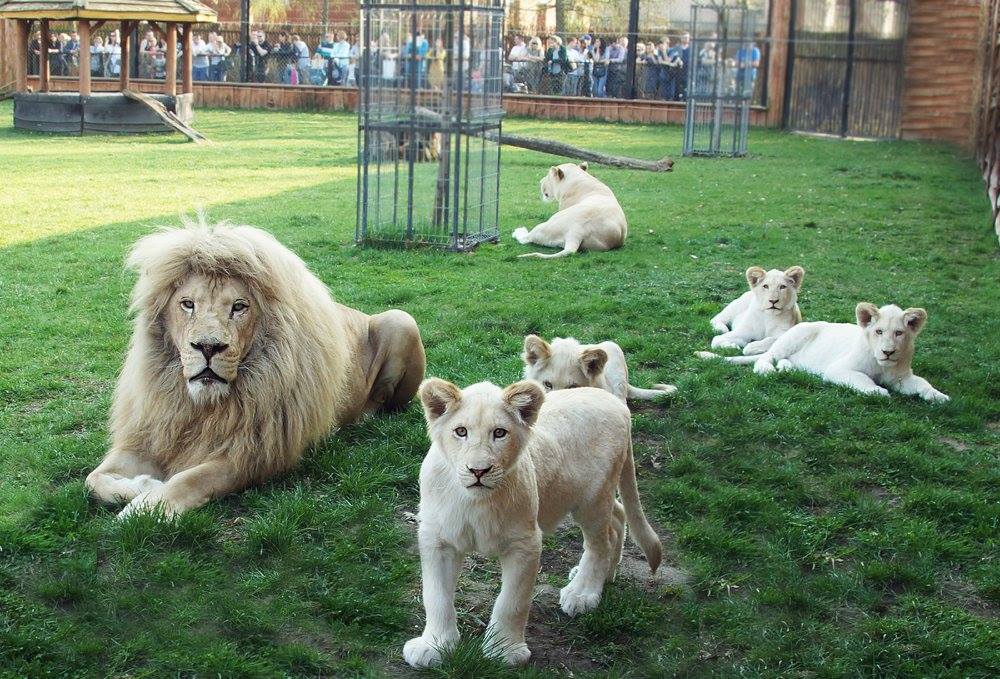
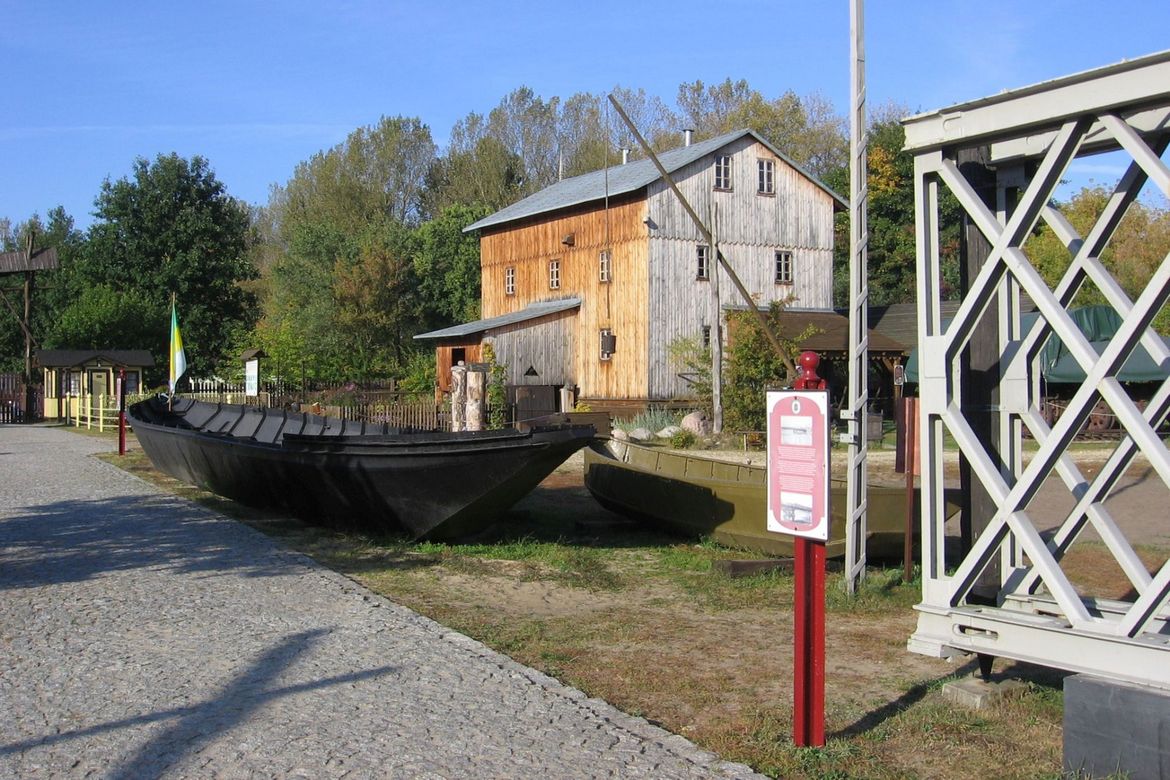
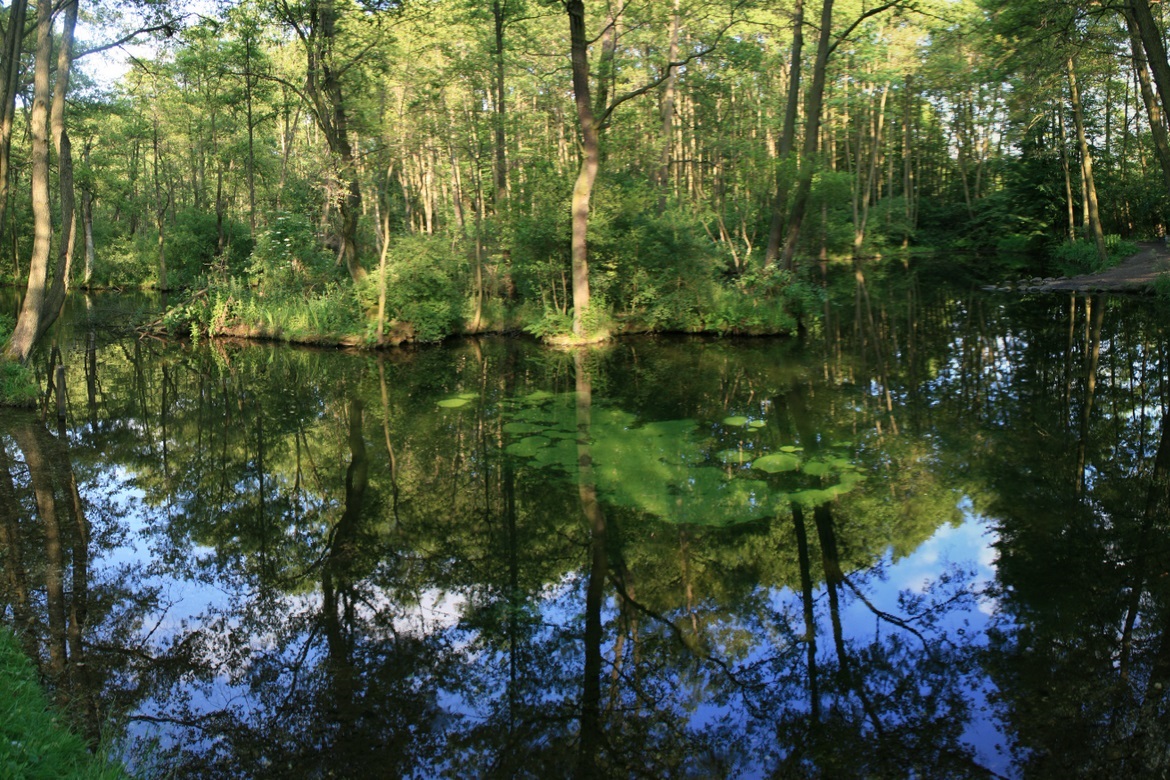
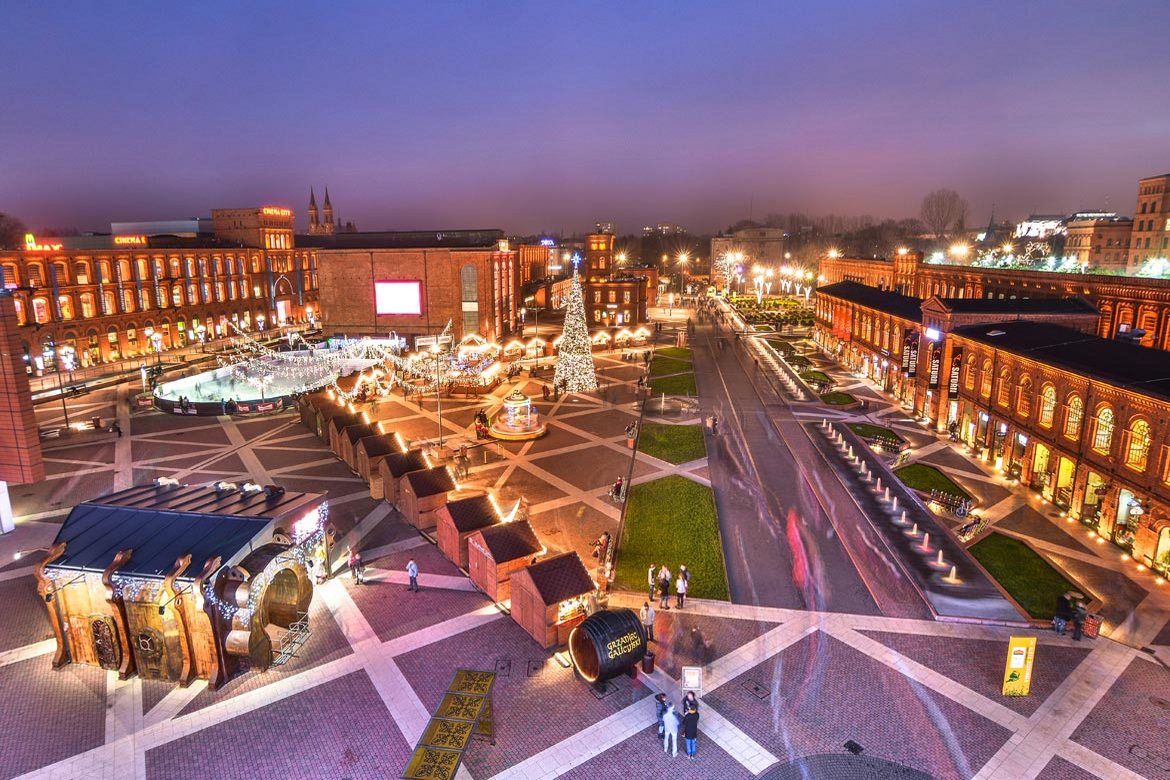
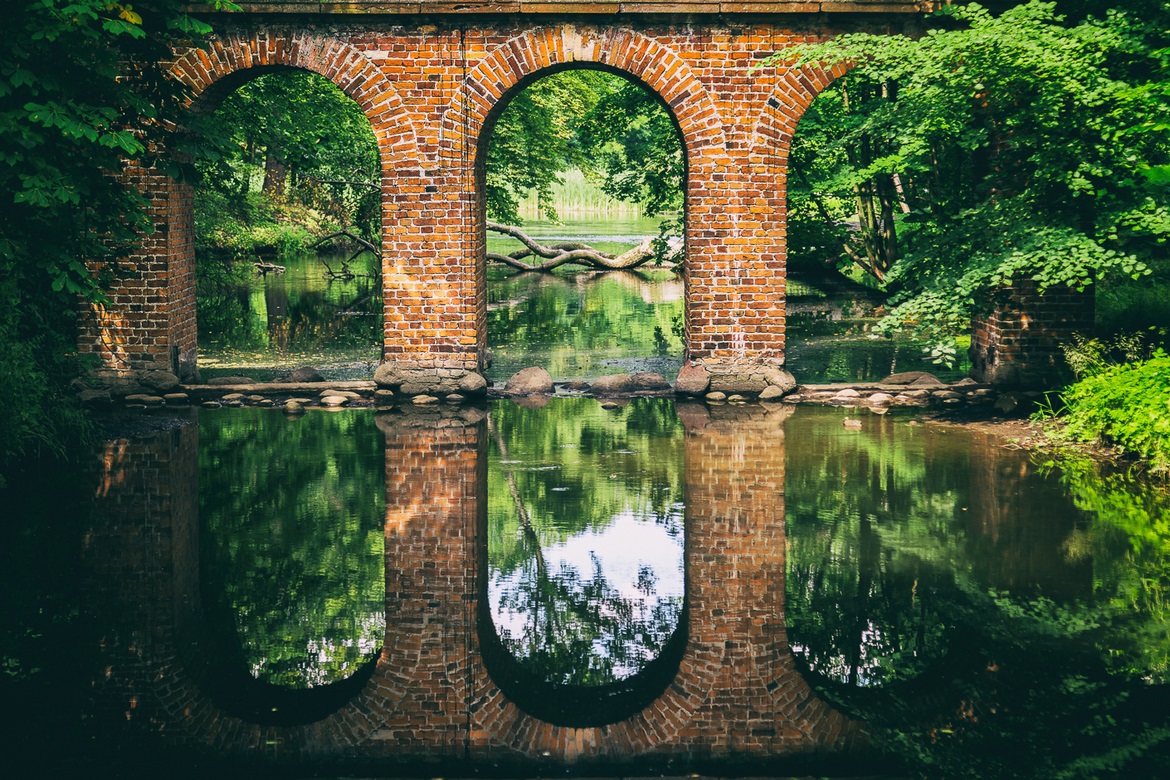
Narrow-Gauge Railway and Thermal Springs
The narrow-gauge railway linking Rogów with Rawa Mazowiecka and Biała Rawska was built in 1915, during World War I, as a military field railway supplying the front lines with food, arms and ammunition. After 1945 it became part of PKP Polish State Railways, and today its historical cars carry tourists along a 49km route, one of the longest narrow-gauge lines in the country.
Uniejów is a leading spa destination with its thermal spring facilities expanding every year. The Termy Uniejów complex draws its healing waters from three wells over 2km deep, helping people suffering from rheumatism, slipped discs and neuralgia. The complex is also a giant aquatic fun park with swimming pools and a pirate ship, water slides, rapid rivers, and even a pool snack bar and a hot tub island! In Uniejów you can stay at a hotel in a former castle of Gniezno archbishops. The elegant White Lady standing patiently in the surrounding park is a statue of Uniejka. According to legend, this beautiful woman drew robbers away from the town and into the marshes, but it cost her her life.
For those interested in history and culture, Piotrków Trybunalski is a great choice. Polish kings used to be elected here, and this is also where the Tribunal – the Polish Crown’s supreme court – held sessions, hence the city’s name. In addition to the route of historical sites (with two castles and the Old Town), visitors can choose to follow Lutheran, Jewish, Orthodox, Roman Catholic churches and Piotrków brewery tourist routes.
The list of must-see sites closes (or opens – you choose) with Łódź (and its Manufaktura complex and MS2 art museum) – declared a Polish Historical Monument.
(Not) Just for Women
Łódzkie province has much to offer tourists. Highlights include Mokoszowisko Worship of Mother Earth is Poland’s only re-enactment event for women and is held at the Rzeczyca Hillfort. There’s also the Festival of Flowers, Fruits and Vegetables which brings people to Skierniewice, where you can also find a historical railway station and engine house. Kutno is fragrant during the Rose Festival, and the gardens of the SGGW Arboretum in Rogów blossom in all colours of the rainbow.
A weekend in the countryside is best spent at the Living Museum – Centre of Polish Folklore in Nagawki or at the Łowicz Ethnographic Park in Maurzyce.
Also not to be missed are the Radziwiłł Palace and gardens in Nieborów and Helena Radziwiłł’s Romantic Garden in Arkadia. A visit to the Nieborów palace will take you back to Napoleonic times: this is where the son of Bonaparte and Helena Walewska was born. In Walewice, meanwhile, you’ll find Poland’s largest stud for Anglo-Arabian horses, with excellent riding facilities.
Further interesting sites include the Collegiate Church in Tum, the Łęczyca Peasant Farm open-air museum in Kwiatkówek, the Cistercian abbey complex in Sulejów-Podklasztorze and the Open Hair Festival in Sieradz.
Although there is an ongoing debate as to whether the exact geographic centre of Poland is in Piątek or Nowa Wieś (as suggested by the latest geological measurements), it still lies in Łódzkie province.

